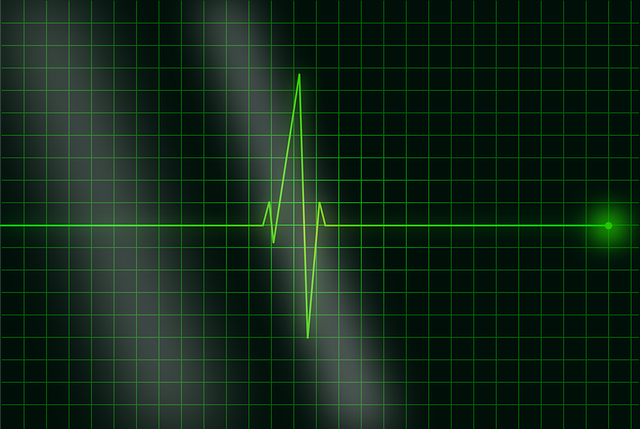A recent paper studied the frequency of an annual electrocardiogram and its impact on subsequent cardiac testing in healthy, low-risk patients.
Low-value care is characterized by a lack of benefit or an imbalance between benefits and potential risks; some consequences include higher health care costs, patient inconvenience, and—in some cases—harm. An example of low-value care is the conducting of resting electrocardiograms (ECGs) in low-risk patients—that is, with no prior cardiac medical history—undergoing an annual health examination (AHE). In fact, five years ago, the United States Preventive Services Task Force (USPSTF) recommended against routine electrocardiogram screening in low-risk patients because the evidence for its added benefits is lacking.
As policy makers strive to focus on meaningful prevention strategies and reduce low-value care, it is essential to first accurately analyze its utility, costs, and most importantly, its impact on patient outcomes. Previous research in this field has yielded estimations of the frequency of electrocardiograms in a select few low-risk patient groups; however, population-wide usage of electrocardiograms, as well as its impact on costs and patient outcomes, remained unknown. A recent paper published in JAMA Internal Medicine aimed to determine the frequency of electrocardiograms ordered after an AHE in low-risk patients and whether these electrocardiograms were associated with subsequent cardiac tests, consultations, and/or patient outcomes.
Between 2010 and 2015, this retrospective cohort study gathered data from administrative health care databases from Ontario, Canada, identifying low-risk primary care patients and assessing the subsequent outcomes of interest. The primary outcome analyzed was the receipt of subsequent cardiac testing or consultation with a cardiologist; secondary outcomes included death, hospitalization, and revascularization at 12 months.All eligible patients were 18 years or older, had no prior cardiac medical history or risk factors, and received an AHE.A total of 3,629,859 adult patients had at least 1 AHE during the aforementioned time period. Of these participants, 21.5%had an electrocardiogram within 30 days after an AHE; however, the proportion of patients receiving an electrocardiogram after an AHE varied greatly—from 1.1% to94.9%among 8036 primary care physicians.
It concluded that those who had an electrocardiogram were five times more likely to have another cardiac test or consultation than those who did not. The cardiac event rate (death, hospitalization, or revascularization) was low in both groups and the electrocardiogram did not have an impact on the outcome. As shown by the results of this paper, electrocardiogram testing after an AHE is a relatively common practice—despite guideline recommendations to the contrary—with significant variation among primary care physicians. Routine electrocardiogram testing appeared to increase the risk for downstream cardiac testing and consultation, even though the overall cardiac event rate in this study was very low.
The results of this study have significant health care policy implications: they show that even low-cost procedures, like electrocardiograms in low-risk patients, occur with considerable frequency and often lead to more advanced and costly testing—in spite of a lack of any significant benefit to patients. This paper stresses the need for future studies to identify types of low-value care and quantify their impact on patient health outcomes, ultimately fostering a more efficient and effective primary health care system.
Written by Rebecca Yu
Reference: Bhatia, R. S., Bouck, Z., Ivers, N. M., Mecredy, G., Singh, J., Pendrith, C., … & Wilson, L. (2017). Electrocardiograms in Low-Risk Patients Undergoing An Annual Health Examination. JAMA Internal Medicine.



